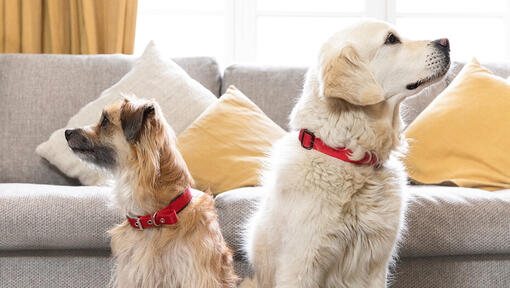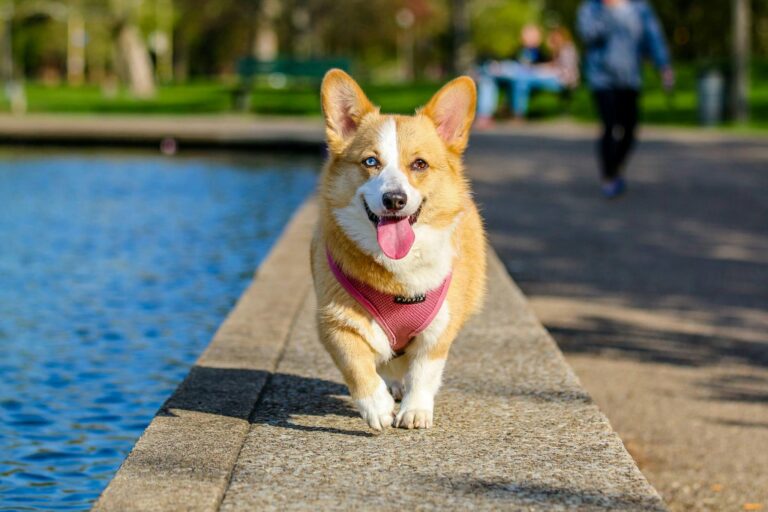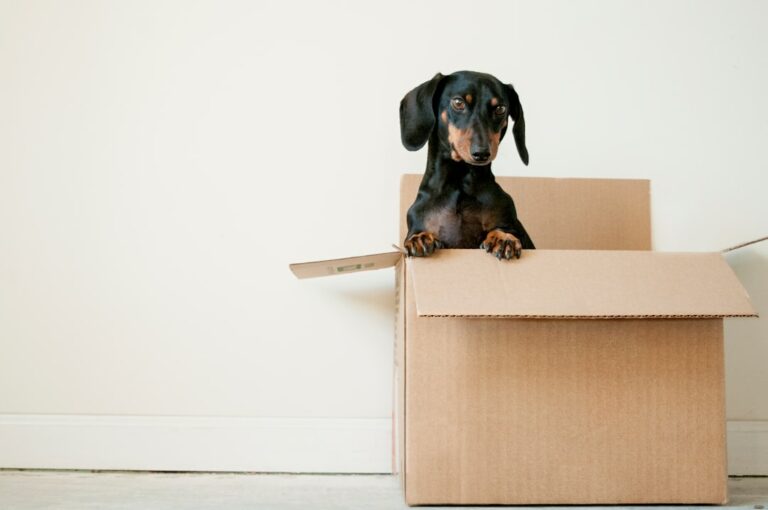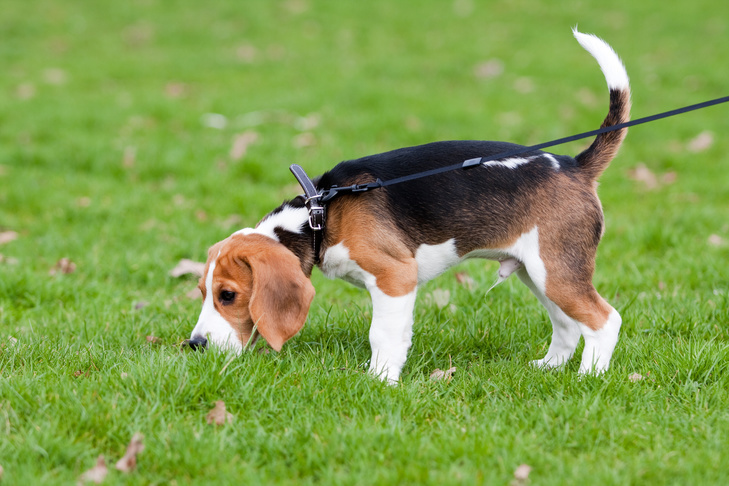Potty Training in the City: Tips for Apartment Living with Your Dog
Living in a city apartment has its perks—easy access to cafes, parks, and plenty of social energy—but potty training a dog in this environment comes with unique challenges. Without a backyard or quick access to green space, new pet parents must adapt their training strategies for elevators, stairs, busy sidewalks, and unpredictable weather.
Whether you’re raising a puppy or adopting an adult dog, here are practical, effective tips for successful potty training in an apartment setting.

1. Establish a Consistent Routine
City dogs thrive on routine. Feed your dog at the same times each day and stick to a predictable potty schedule. Take your dog out first thing in the morning, after meals, naps, and play sessions, and before bedtime.
Why it works: Dogs learn best when they can predict when and where they’ll go to the bathroom. Consistency reinforces good habits and reduces accidents.
2. Choose a Designated Potty Spot
Whether it’s a patch of grass near your building, a specific tree at the end of your block, or even a rooftop relief area, designate one spot as your dog’s bathroom area. Always lead them to this spot during potty breaks.
Pro Tip: Scent is a powerful trigger. The more your dog uses the same place, the more likely they are to go again.
3. Use Indoor Potty Solutions (When Necessary)
For puppies or during bad weather, indoor potty options like pee pads, fake grass patches, or balcony setups can be lifesavers. Make sure the location is consistent and away from your dog’s eating or sleeping area.
Good for:
-
High-rise buildings
-
Long elevator waits
-
Dogs home alone for extended hours
4. Reward Immediately and Generously
The key to reinforcing good potty behavior is timing. Always reward your dog with praise, treats, or play immediately after they go in the right spot.
Avoid: Delaying the reward until you’re back inside. Your dog may not connect the reward with the desired behavior.
5. Monitor Signs and Body Language
City distractions can cause dogs to hold it longer or forget to go when outside. Watch for signs like circling, sniffing, whining, or pacing. If you notice these behaviors indoors, act quickly.
Tip: Keep a leash near the door so you can respond quickly when your dog shows signs they need to go.
6. Be Prepared for Elevator Delays
In high-rise buildings, even a short elevator delay can cause an accident. Anticipate this by giving your dog extra chances to go and planning ahead. Try taking them to the potty area before getting dressed or grabbing keys.
Optional backup: Keep an emergency pee pad inside for last-minute needs.
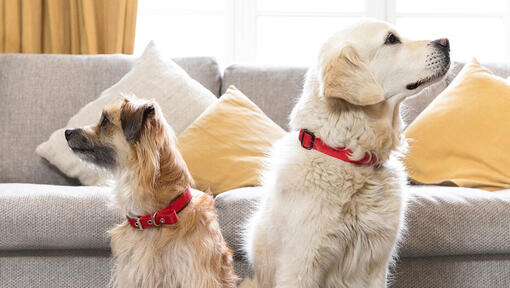
7. Clean Accidents Properly
Accidents will happen. When they do, clean thoroughly using an enzymatic cleaner to remove all odors. If the smell lingers, your dog may return to the same spot.
Avoid: Using ammonia-based cleaners—these can smell like urine to dogs and encourage repeat accidents.
8. Be Patient and Stay Positive
Urban potty training takes time. Frustration is normal, but punishment only creates fear and confusion. Focus on reinforcing good behavior, managing the environment, and sticking to the plan.
Remember: Every dog learns at their own pace, especially in environments full of distractions and noise.
Ready to unleash your dog’s potential? Visit Off Leash K9 Training of Hampton Roads to explore our expert training programs that promise exceptional obedience and a strong bond with your canine companion. Whether you’re in the Hampton Roads area or NE North Carolina, our proven system will help your dog excel off-leash. Contact us today at (757) 296-8366 to start your journey towards a more obedient and joyful relationship with your dog

